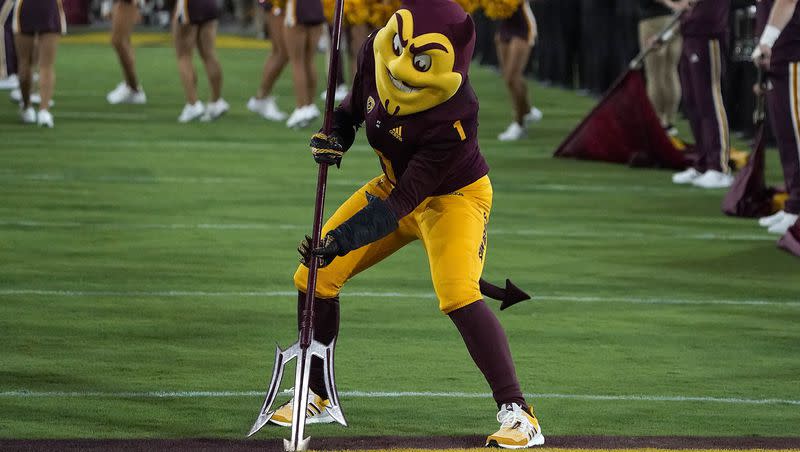How important is AAU membership in conference realignment? Particularly Big Ten expansion?

When news broke on June 1 that the Association of American Universities (AAU) had added six new members to its ranks — Notre Dame, Miami, Arizona State, USF, UC Riverside and George Washington — it was more than notable. It was historic.
In the 123-year history of the association, the AAU had never added more than four schools in a single year — outside of 1900, the year of AAU inception.
Of late, the AAU had almost proven more likely to remove schools from its ranks, rather than add them, with Nebraska, Syracuse and Iowa State all losing AAU status since 2011, for one reason or another.
Related
With Notre Dame and Miami — and Arizona State to a lesser extent — gaining entry into the AAU, the immediate response nationally was that the Irish and Hurricanes had satisfied a needed requirement for entry into the Big Ten, which alongside the SEC is considered a top-two conference in FBS college football.
The consensus was that AAU membership for Notre Dame and Miami could change the face of conference realignment in the near future.
Take a look at some of the headlines.
From USA Today: The six new AAU schools and why it’s important.
From Yahoo Sports: What today’s AAU news means for the Big Ten?
From College Sports Wire: The six new AAU schools and why it’s important.
From Sports Illustrated: What the Association of American Universities (AAU) has to do with conference expansion.
From Athletic Business: Possible conference realignment implications as AAU adds six schools.
All of those stories suggest the same thing — in order for schools to gain Big Ten membership, should the league expand again, AAU membership is a necessity.
As ESPN’s Adam Rittenburg reported in the summer of 2021, “Heard today from several people that B1G only would be interested in adding schools from the AAU (Nebraska no longer, but was when it joined league). Texas is AAU member, along with Pac-12 schools like Cal, Washington, Colorado, USC, UCLA, Oregon, Stanford.”
That might not actually be the case anymore, however.
On Wednesday, Action Network’s Brett McMurphy reported that while AAU status is a “preference,” of the Big Ten’s it is not the be-all and end-all for prospective conference membership.
“Solid academics are measured (in a) variety of ways,” a source told McMurphy.
Currently, all Big Ten member schools, save Nebraska, hold AAU status and every school that has joined the Big Ten was an AAU member at the time they joined.
Notre Dame has long been the most desirable add for the conference, but the Fighting Irish have clung to independence in football and joined the ACC in almost all other sports.
Miami, meanwhile, is currently locked in the ACC due to the league’s staunch Grant of Rights agreement, but the Hurricanes in the Big Ten is an appealing idea for many, ESPN analyst Greg McElroy among them.
“I don’t have a sense that the SEC is really mobilizing to expand. The Big Ten, however, would be very open to expanding,” McElroy said. “But the place that they would be most open to would be in the state of Florida. That would be advantageous to NBC, that’d be advantageous to Fox, and that would also be advantageous to CBS.
“Those are the three media rights holders for the Big Ten. So that’s something to keep an eye on the Big Ten I think is far more likely to expand right now.”
The Pac-12 has also shown a preference from AAU membership among its member schools, with Arizona, Arizona State, Cal, Oregon, Stanford, Utah and Washington all being members — departing USC and UCLA as well.
San Diego State has been the most discussed possible addition to the Pac-12, should the league expand from 10 after USC and UCLA depart for the Big Ten. SDSU is not an AAU school, however, with the only non-Power Five affiliated schools holding AAU status being Tulane (AAC), Rice (AAC), USF (AAC) and Buffalo (MAC).
On Wednesday, Jon Canzano was the first to report that the Pac-12 has agreed on a new Grant of Rights agreement that includes equal sharing of media revenue and performance-based CFP distribution.
As reported by The Athletic’s Stewart Mandel, it is a verbal agreement only right now, and will be signed only when the league’s members have a finalized TV deal that they are satisfied with.

